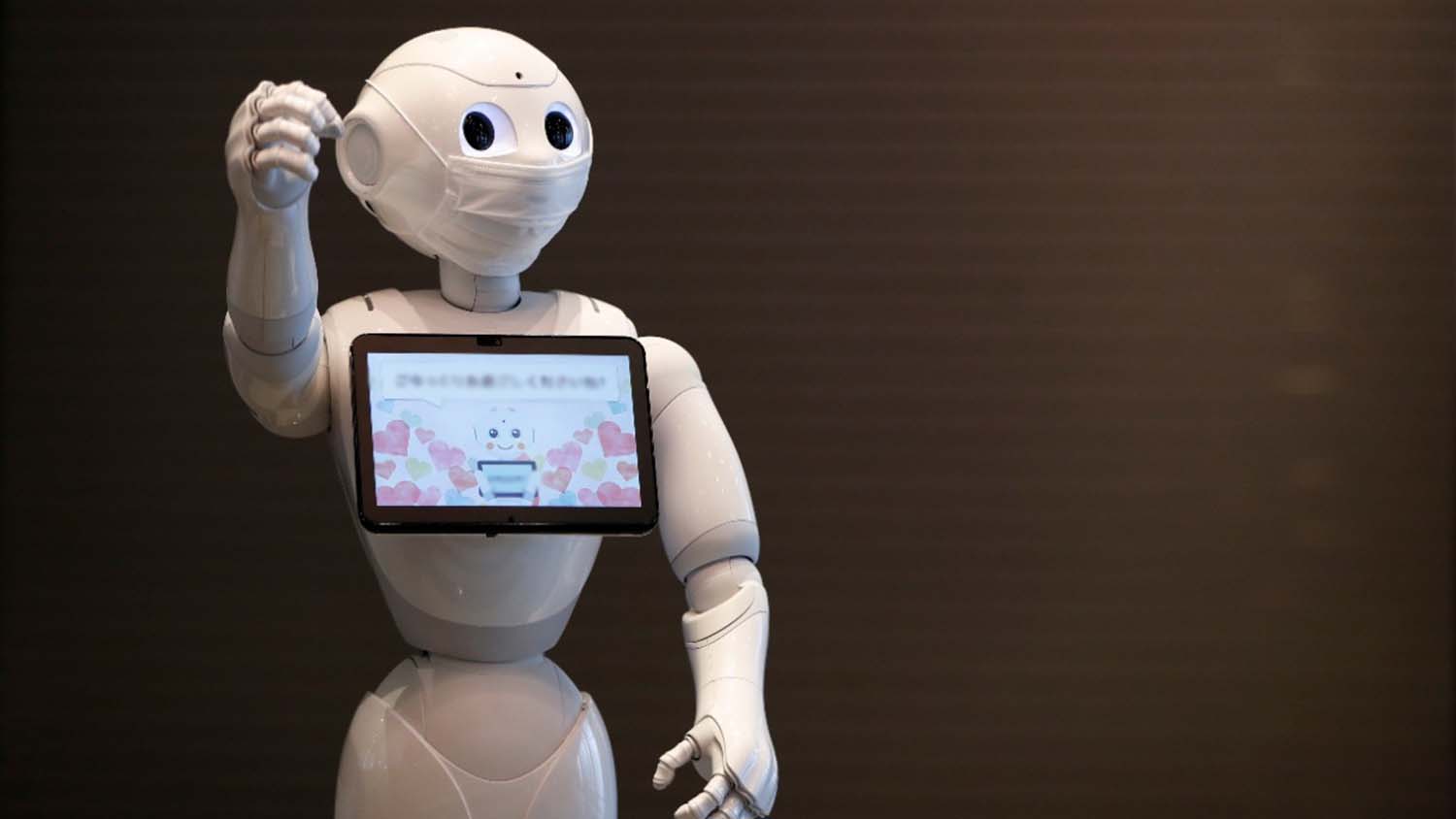For Immediate Release
A new analysis from North Carolina State University highlights the realistic pros and cons of apps and other technologies that use artificial intelligence (AI) to benefit older adults, including those facing dementia and cognitive decline. The work focuses on how these technologies can help older adults preserve their autonomy, and addresses ethical concerns that have been raised about the use of AI in so-called “carebots.”
“A lot of the work evaluating carebots tends to take an extremely optimistic or pessimistic stance; our goal with this paper is to avoid this sort of utopian or dystopian thinking,” says Veljko Dubljević, co-author of the paper and an assistant professor of philosophy at NC State. “Instead, we look at what is actually possible, and how ethical considerations may come into play.”
“Essentially, this is a reality check based on the state of the science, what may be available in the very near future, and the ethical issues that have been raised surrounding these technologies,” says Allen Coin, a graduate student at NC State and first author of the paper.
Carebots run the gamut from smart apps that remind users when to take their medication to more advanced robotic devices that can retrieve prescriptions for patients or help patients get out of bed.
“The most advanced carebots allow patients to engage in limited social interactions with the technology, which gives rise to one of the most persistent ethical objections to the use of carebots,” Coin says.
“Specifically, there is a concern that patients – particularly patients with dementia – are being deceived into thinking that a carebot is a person,” Dubljević says. “In effect, the concern is that patients are being tricked into believing they’re engaging with a person, rather than a device. A broader concern is that carebots will displace human workers in facilities that care for adults with dementia.”
“We are in agreement that carebots should not take the place of human workers,” Coin says. “However, we feel there can be substantial benefits for patients if the use of a carebot allows them to retain their autonomy for a longer period of time.
“We know that removing patients with dementia from familiar surroundings can expedite cognitive decline. If a carebot allows a patient to continue living at home for months or years, that could help patients retain a higher quality of life.”
“Patients who want to live at home may not be able to afford in-home care,” Dubljević says. “Carebots may represent a means of helping people preserve their independence.”
“Ultimately, we argue that people should be able to choose how they want to be cared for,” Coin says. “Yes, bad things can still happen when a person receives care from a robot. But bad things can also happen when patients are under human care – elder abuse is a huge problem.
“What’s more, we’re rapidly reaching a point where the number of older adults requiring care will outstrip the number of people trained to care for them. Carebots will likely be a way of helping to address that gap, and to help take on some of the tasks that currently fall on family or other unpaid caregivers.”
“We can also see carebots being used to help address problems we’re seeing in elder care nurses who burn out from overwork,” Dubljević says.
The work was scheduled for presentation at the Association for the Advancement of Artificial Intelligence’s Spring Symposium, and then its Fall Symposium, both of which were canceled due to COVID-19. The paper, “Carebots for Eldercare: Technology, Ethics, and Implications,” appears as a chapter in the book Trust in Human-Robot Interactions, which was published Nov. 20.
-shipman-
Note to Editors: The study abstract follows.
“Carebots for Eldercare: Technology, Ethics, and Implications”
Authors: Allen Coin and Veljko Dubljević, North Carolina State University
Published: Nam, C. S., & Lyons, J. B. (Eds.). (Nov. 20, 2020). Trust in Human-Robot Interaction (1st ed.). Elsevier Academic Press.
Abstract: As the demographic cohort known as the “Baby Boomers” age in many nations around the world, emerging trends show that this aging populace in need of caregiving services may soon outpace the number of individuals trained and licensed to provide such care. Simultaneously, advances in robotics technology, consumer electronics, and tele-health are progressing to the point that some tasks associated with eldercare can be addressed via technological solutions and may continue to advance to the point that more and more caregiving services required by the elderly in need may be automated and provided by robots. Such robots are referred to in the literature and in industry as carebots. Carebots can provide a number of benefits to the elderly and could help address a potential gap between the number of licensed caregivers available and the number of people requiring caregiving services. In recent years, ethics literature has debated potential ethical and moral concerns about carebot technology. However, consensus on what (if anything) should be done about carebots is lacking. Should carebots be heavily regulated, or even banned outright? Or are carebots a beneficial technology that should be embraced, even preferred over human caregiving? This paper explores the state of the art of carebot technology and where it may progress in the future, summarizing and addressing some of the ethical concerns about carebots and making recommendations for the present and near future use of carebot technology for providing care for the elderly.



